Kale: Important Facts, Health Benefits, and Recipes
Explore the world of kale, a nutrient-rich superfood, with our comprehensive guide covering its health benefits, history, types, and tips for incorporating it into your daily life.
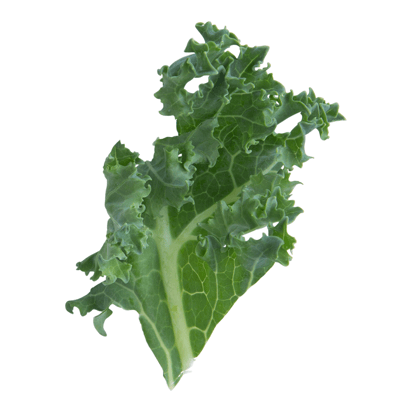
Best Kale Recipes
-
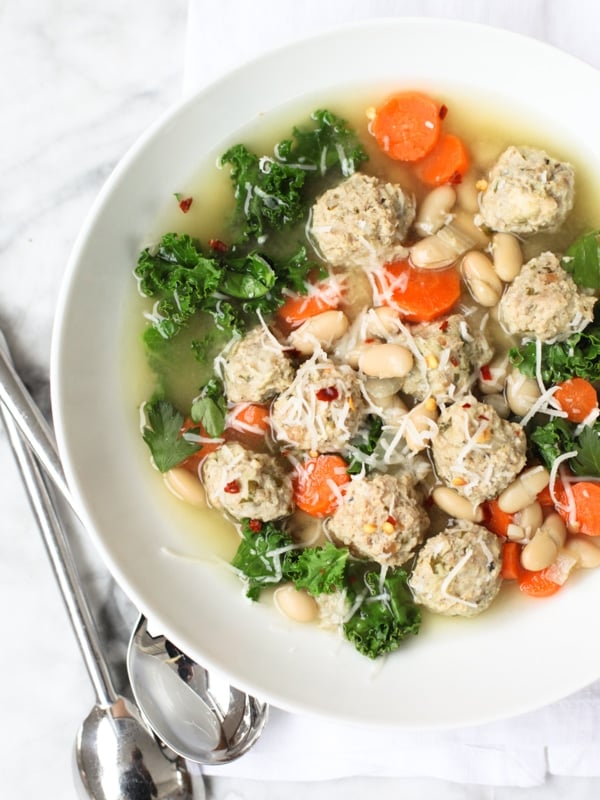
-
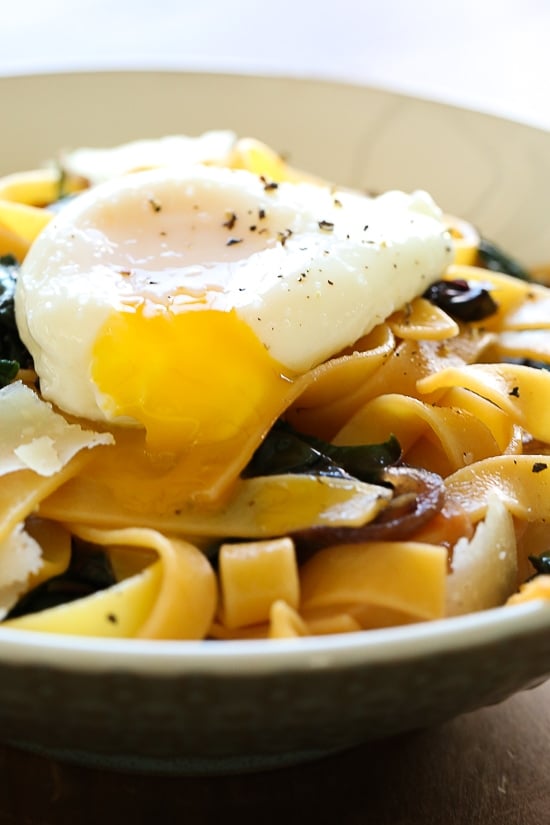
-
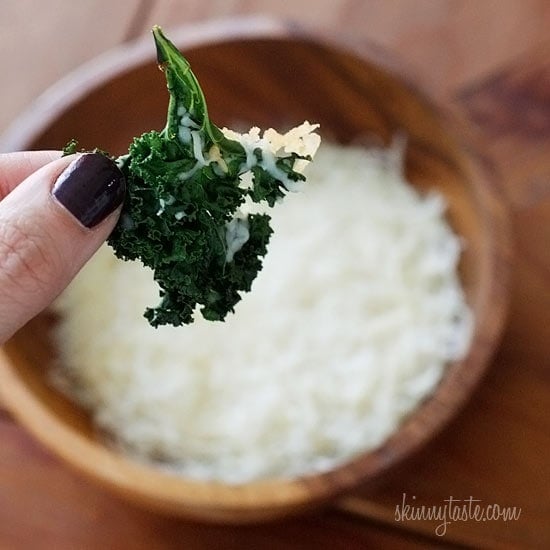
-

-

-

-
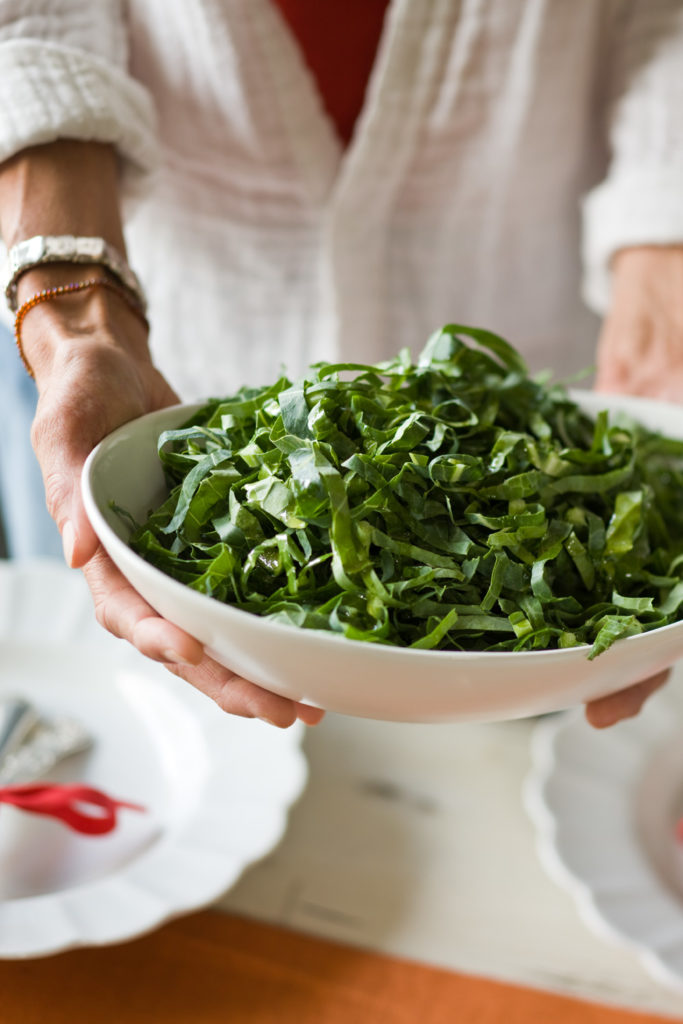
-
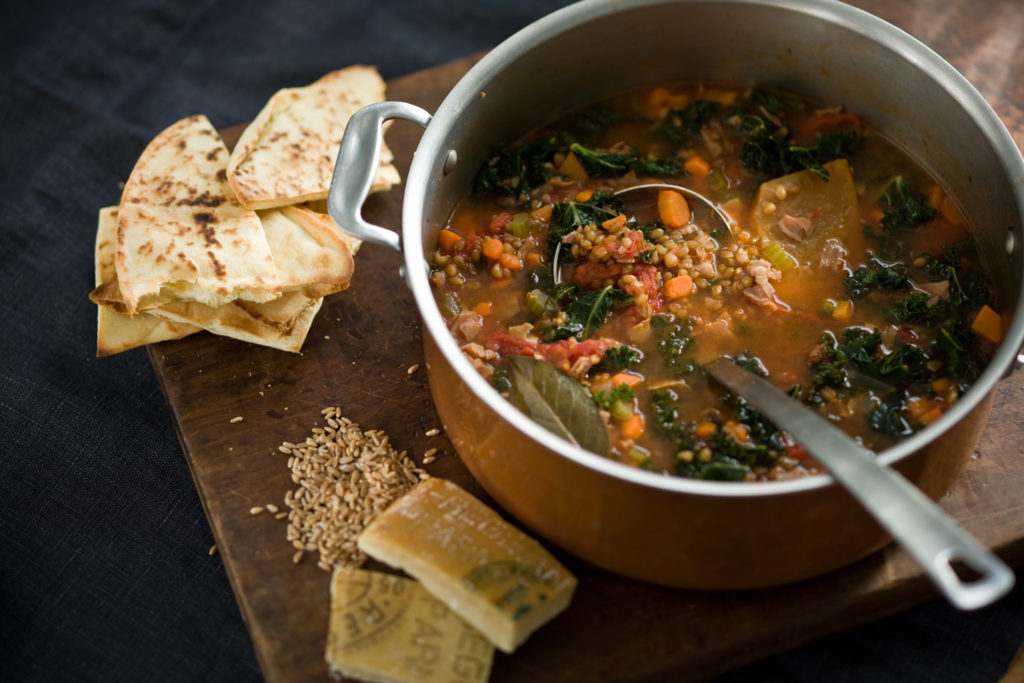
-
![Beef and Sausage Stew with Winter Greens Image]()
-
![Make-Ahead Bacon and Kale Strata Image]()
-
![Roasted Butternut Squash, Pomegranate and Wild Rice "Stuffing" Image]()
-
![Spaghetti Squash "Pizza" Bowls Image]()
-
![Coconut Curried Kale and Sweet Potato Image]()
-
![Feta Fiesta Kale Salad with Avocado and Crispy Tortilla Strips Image]()
-
![Redeeming Green Soup with Lemon and Cayenne Image]()
-
![Sweet Potato, Kale and Chickpea Soup Image]()
-
![Lemony Green Pasta with Peas & Ricotta Image]()
-
![Butternut Squash Pasta With Sausage and Kale Image]()
-
![Teriyaki Salmon Bowl Image]()
-
![Hoppin' John Image]()
-
![BLT Chopped Salad Image]()
-
![Winter Salad Image]()
-
![Kale Pasta Image]()
-
![Peach Salad with Grilled Chicken and Raspberries Image]()
-
![Super Summer Detox Salad Image]()
-
![Roasted Butternut Squash Freekeh Salad Image]()
-
![Minestrone Soup Image]()
-
![Kale and Quinoa Salad with Shrimp Image]()
-
![Wild Rice, Kale and Fontina Casserole Image]()
-
![Halibut with Braised Kale, Beans & Tomatoes Image]()
-
![Instant Pot Lentil Soup Image]()
-
![Mexican Kale Salad Image]()
-
![Scottish Rumbledethumps Recipe Image]()
-
![Healthy Breakfast Casserole Image]()
-
![Green Smoothie Image]()
-
![Sauteed Kale with Smoked Paprika Recipe Image]()
-
![Scrambled Eggs with Kale and Mozzarella Recipe Image]()
-
![Green Gumbo Recipe, Gumbo Z'herbes Image]()
-
![Creamy Tortellini Soup with Sausage and Spinach Recipe Image]()
-
![One-Pot Chicken and Artichoke Cavatappi Image]()
-
![Kale and Shaved Brussels Sprout Salad with Bacon Recipe Image]()
-
![Kale with Sausage and White Beans Recipe Image]()
-
![Kale and Collards Greens Recipe Image]()
-
![Shell Pasta with Sausage and Greens Recipe Image]()
-
![Collard Greens with Bacon Recipe Image]()
-
![Adeena Sussman's Green Shakshuka with Crispy Latkes Recipe Image]()
-
![Traditional Irish Colcannon Recipe Image]()
-
![German Kale and Sausage (Grünkohl und Pinkel) Recipe Image]()


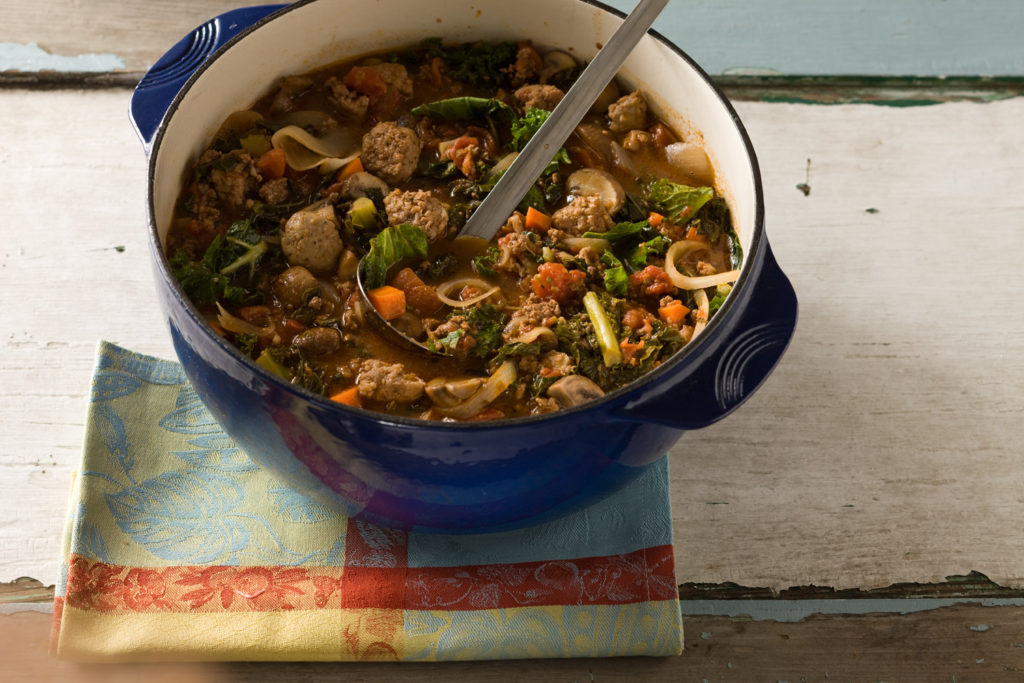


















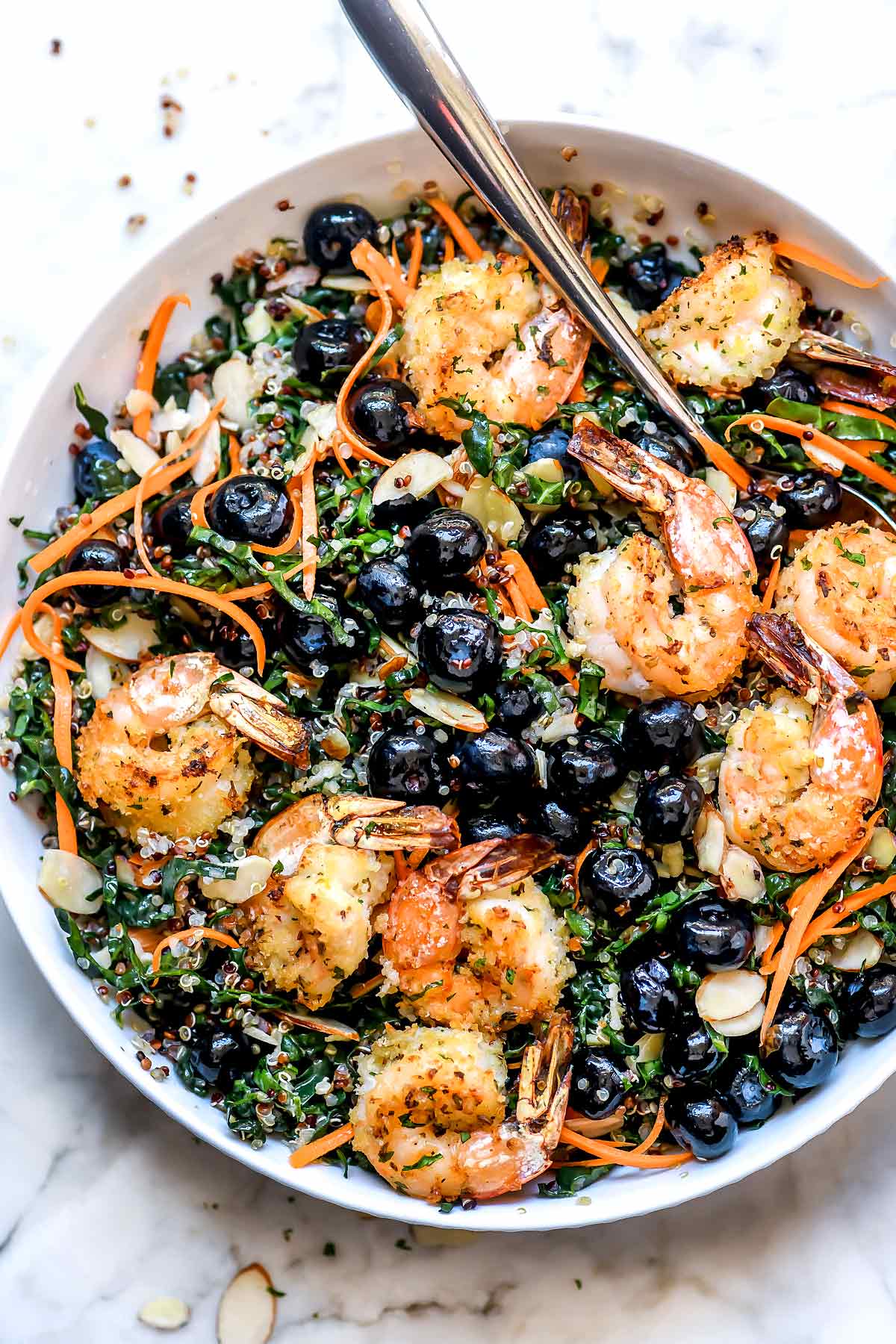
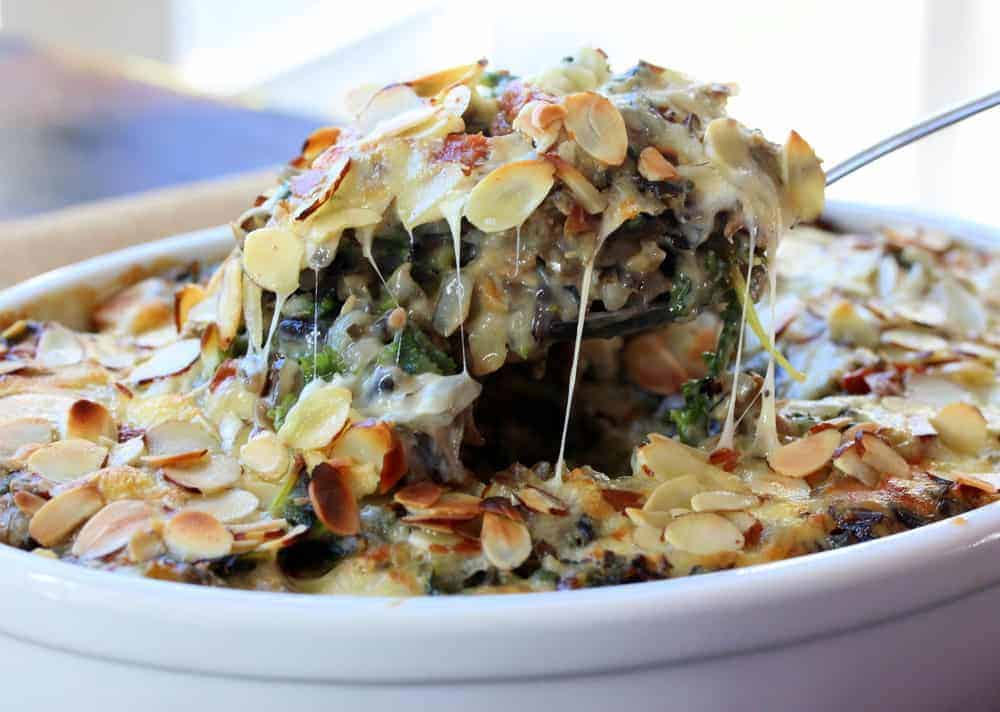
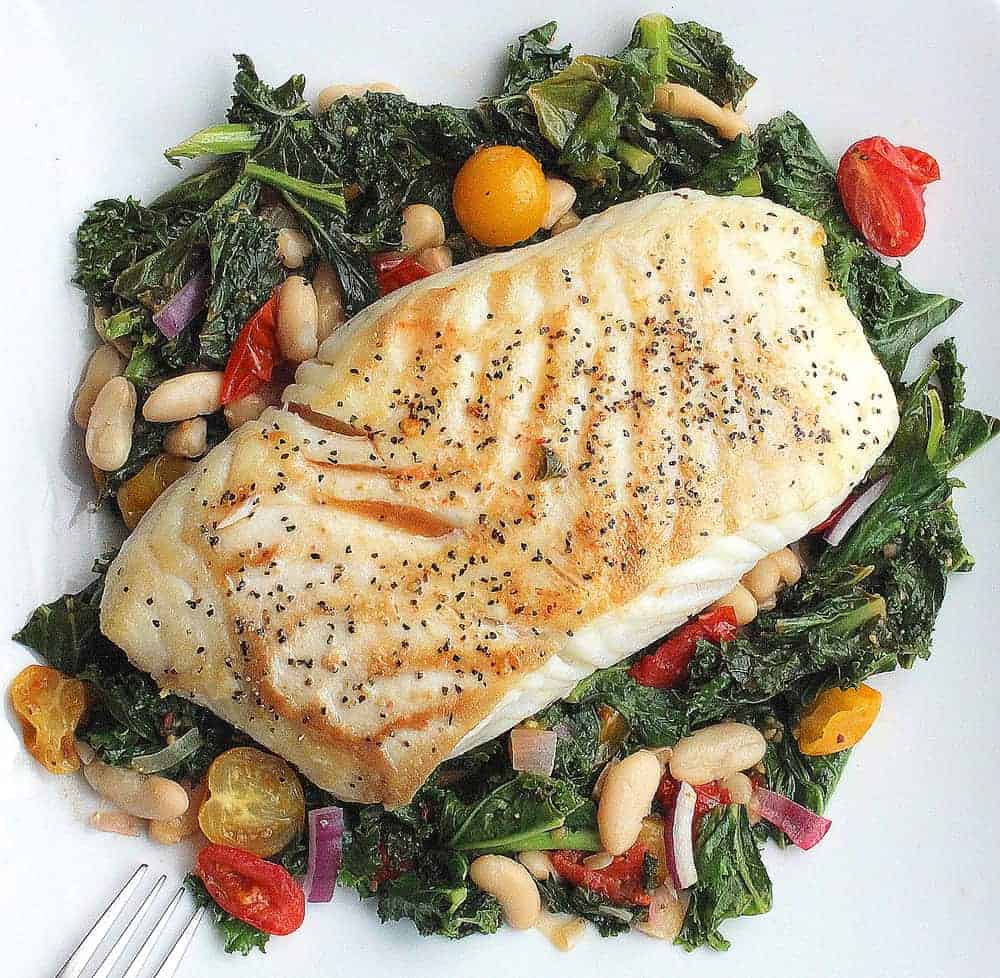

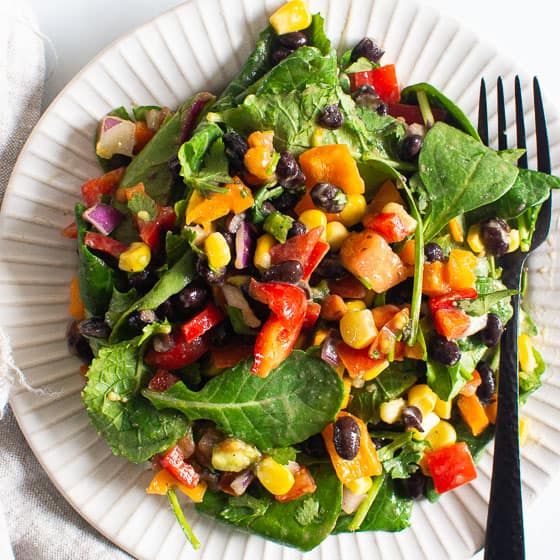
:max_bytes(150000):strip_icc()/rumbledethumps-recipe-435824-Hero-1-bded22ad93c24f1796f2ffd5f30c1d2e.jpg)


:max_bytes(150000):strip_icc()/__opt__aboutcom__coeus__resources__content_migration__simply_recipes__uploads__2008__11__kale-smoked-paprika-horiz-a-1600-1e8cd7f478224d09861df6dde1b6f7a8.jpg)
:max_bytes(150000):strip_icc()/__opt__aboutcom__coeus__resources__content_migration__simply_recipes__uploads__2013__09__scrambled-eggs-kale-mozzarella-horiz-a2-1500-4cb7a7ed0c5a402eb5d9b62114b0cb88.jpg)
:max_bytes(150000):strip_icc()/__opt__aboutcom__coeus__resources__content_migration__simply_recipes__uploads__2012__04__green-gumbo-horiz-a-1200-419ff82222dc4b8a9d4e7a7a0aa727dd.jpg)
:max_bytes(150000):strip_icc()/__opt__aboutcom__coeus__resources__content_migration__simply_recipes__uploads__2020__03__Creamy-Tortellini-Soup-LEAD-15-377f5367744f4837b691d254b8f8ffd0.jpg)

:max_bytes(150000):strip_icc()/__opt__aboutcom__coeus__resources__content_migration__simply_recipes__uploads__2020__11__Kale-Brussels-Salad-LEAD-6-fe3170799f9d4374a49b72ae277258e1.jpg)
:max_bytes(150000):strip_icc()/__opt__aboutcom__coeus__resources__content_migration__simply_recipes__uploads__2012__02__kale-sausage-white-beans-horiz-a-1800-5c6f204e669442e99ec813637760ea1d.jpg)
:max_bytes(150000):strip_icc()/collard-greens-and-kale-recipe-3053959-Hero_01-50bb9ba898844d4eb830fa859fed77ab.jpg)
:max_bytes(150000):strip_icc()/__opt__aboutcom__coeus__resources__content_migration__simply_recipes__uploads__2004__12__shell-pasta-sausage-greens-horiz-1800-f12602f5443946f88fffab8515368c05.jpg)
:max_bytes(150000):strip_icc()/__opt__aboutcom__coeus__resources__content_migration__simply_recipes__uploads__2008__10__collard-greens-bacon-horiz-a-1600-ae6e97c5c0624989934083f84fb5420c.jpg)
:max_bytes(150000):strip_icc()/__opt__aboutcom__coeus__resources__content_migration__simply_recipes__uploads__2019__11__sababa-green-shakshuka-lead-3-001e2fc4ae1641bb93afcafc7b53caeb.jpg)
:max_bytes(150000):strip_icc()/SES-irish-recipes-colcannon-recipe-435743-hero-01-f642add900984e76873dde7a215dd9c6.jpg)
:max_bytes(150000):strip_icc()/kale-1006342_960_720-582fc2f33df78c6f6a7390ab.jpg)